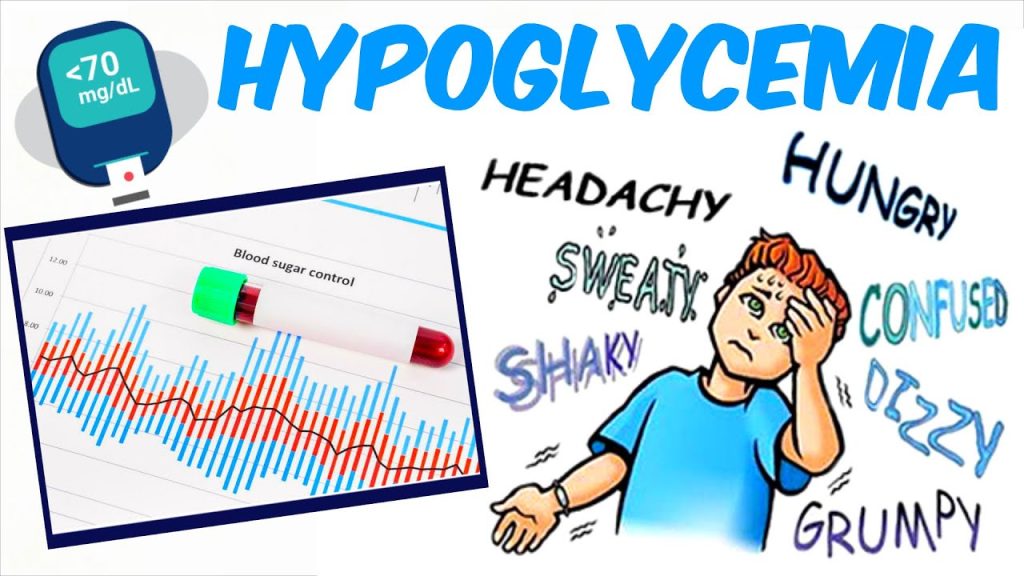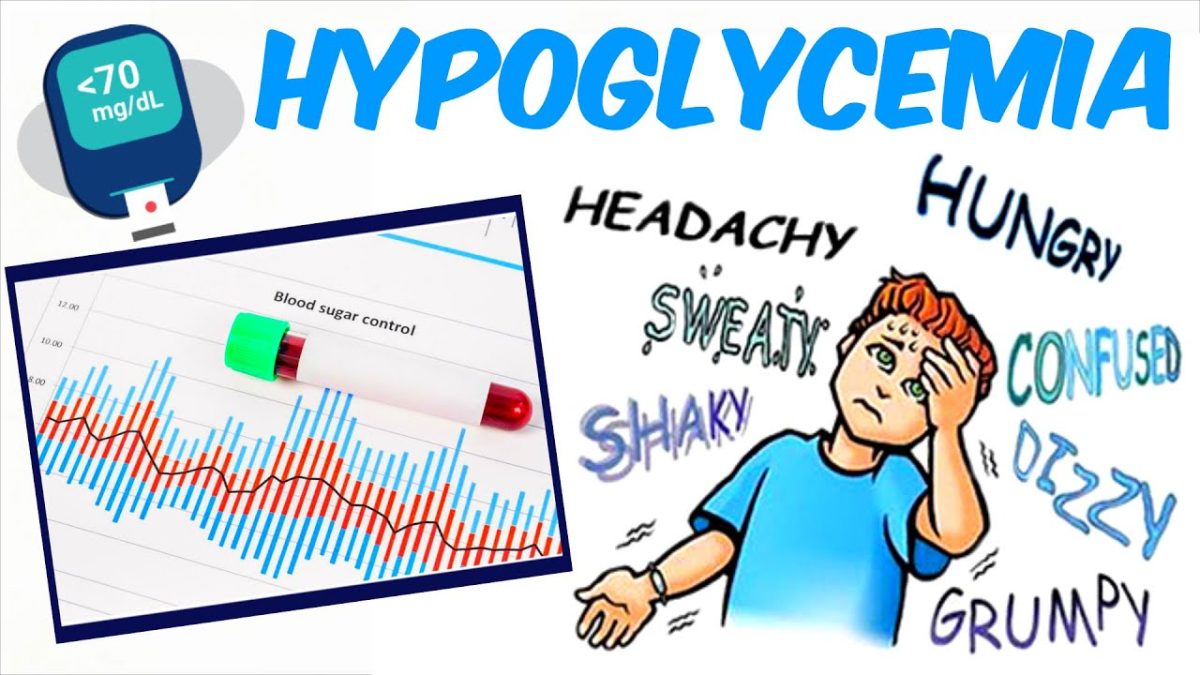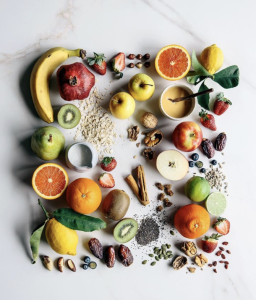What Is Hypoglycemia? How To Control It?
What Is Hypoglycemia? How To Control It? – When the amount of sugar (glucose) in your blood falls below what is considered healthy for you, it is called hypoglycemia. Low blood glucose or low blood sugar are other names for it. People with diabetes frequently experience hypoglycemia. Many people are suffering from low blood sugar. Therefore in this blog, we define What Is Hypoglycemia? How To Control It?

Before studying more we have to know about blood sugar. Your diet’s carbs provide the majority of the glucose, or sugar, that you ingest. It is the primary energy source for your body. All your body’s cells receive glucose from your blood to utilize as fuel. Since glucose is your brain’s main energy source, it is vital.
Many diabetic patients use medication like oral diabetes medicines and synthetic insulin to keep their blood sugar levels within range. If the blood sugar gets low below the healthy range then it causes many symptoms like a faster heartbeat and shakiness. These happen because the brain needs glucose to function properly but without a supply of glucose, the brain can’t function. For further information on hypoglycemia kindly contact Dietitian Shubhra.
What is Hypoglycemia?
A condition known as hypoglycemia is brought on by low blood glucose (blood sugar) levels. Glucose is the primary source of your body and hypoglycemia is most common in people with diabetes who have issues with medicine, food, or exercise. However, hypoglycemia can also occur in non-diabetic individuals on occasion. There are two types of hypoglycemia are given below:
Fasting hypoglycemia – This is linked to medicine or a disease. Several people without diabetes who have not eaten food for a long time never experience hypoglycemia because their body uses hormones and stored glucose to manage their blood sugar.
Causes of Fasting Hypoglycemia
Medicines and sulfa drugs
Consumption of too much alcohol
Liver, kidney, and heart diseases
Low hormones level
Certain tumors.
Reactive hypoglycemia – This kind of hypoglycemia happens a few hours after eating. Mostly it occurs about two to four hours after a meal.
Causes of Reactive Hypoglycemia
Having prediabetes
Stomach surgery
Rare enzyme defects
What are the Symptoms of Hypoglycemia
Several symptoms of hypoglycemia can start quickly and differ from person to person. In hypoglycemia, one person can also experience different symptoms. If blood sugar levels become very low in the body many symptoms occur and these symptoms include:
Looking pale
Shakiness
Sweating
Headache
Hunger or nausea
Irregular or fast heartbeat
Fatigue
Irritability or anxiety
Difficulty concentrating
Dizziness
Tingling of the lips, tongue, or cheek.
Symptoms of severe hypoglycemia
Severe hypoglycemia is life-threatening and it should be treated immediately.
- Blurred or double vision.
- Slurred speech.
- Clumsiness or difficulty with coordination.
- Being disoriented.
- Seizures
- Loss of consciousness.
Causes of Hypoglycemia
When your blood sugar falls below a safe range, you have hypoglycemia. For diabetics, this can be caused by several things. If diabetic medication, diet, and exercise are not in balance, hypoglycemia may occur.
People with diabetes may experience hypoglycemia in the following common scenarios:
- incorrectly timing the timing of insulin and carbohydrate intake (e.g., delaying eating until after taking insulin for a meal).
- Insulin administered incorrectly, in excess, or into muscle rather than fat tissue can all have negative effects.
- taking oral diabetic medicine in excess or at an excessively high dose.
- Drinking too much alcohol without eating
- Skipping meals or eating meals later than usual.
- Not getting enough carbohydrates from food or drink. Your digestive system converts the sugars and starches in foods and drinks that contain carbs into glucose. Your blood glucose level rises as soon as glucose enters your bloodstream.
- stepping up physical activity. Elevating your physical activity beyond your typical regimen can result in a 24-hour drop in blood glucose levels.
How Can We Prevent Low Blood Sugar?
You can control it by making some easy changes that help you keep your blood sugar steady.
- Consume three meals a day, spread equally apart, along with the recommended number of snacks in between.
- After meals, get some exercise for 30 to 60 minutes. Examine your blood sugar levels before and following physical activity, and see your physician about possible modifications.
- Before taking your diabetic medication, make sure to double-check your dosage and insulin.
- If you do drink, use moderation and keep an eye on your blood sugar levels.
- When your medication is at its best, know it. As instructed by your physician, check your blood sugar.
- Wear an identifying bracelet with your diabetes information on it.
- Ensure that meals, snacks, and drinks in your daily eating regimen contain adequate carbohydrates to help you maintain blood glucose levels within your desired range.
- Physical activities lower your blood sugar levels during the activity and for hours afterward. You should check your sugar level before and after the physical activity.
How to Raise Low Blood Sugar
You should do a blood glucose test if you have diabetes and are experiencing symptoms of low blood sugar. To stop symptoms from getting worse, you should start treating it as soon as low levels are proven.
Rapid-acting carbohydrates can be used to treat or return blood sugar levels to normal. The 15-15 rule is the suggested treatment plan.
- Eat three to four glucose tablets
- Drink any fruit juice
- Eat five to six pieces of hard candy
- Eat one tablespoon of honey, sugar, or jelly.
Conclusion
I hope you read this blog and know about hypoglycemia, how it occurs, and what treatments are available for hypoglycemia. We hope this is beneficial for you while searching What Is Hypoglycemia? How To Control It?
Frequently Asked Questions (FAQs)
Question 1- What should you eat when your blood sugar is low?
Answer – The 15-15 rule is advised to assist in elevating low blood sugar. After 15 minutes, check your blood sugar level and consume 15 grams of carbohydrates. Have another serving and retest whether your blood sugar level is still within your desired range.
Question 2 – Does exercise lower blood sugar?
Answer– Yes it can lower your blood sugar level for up to a day after your workout.





